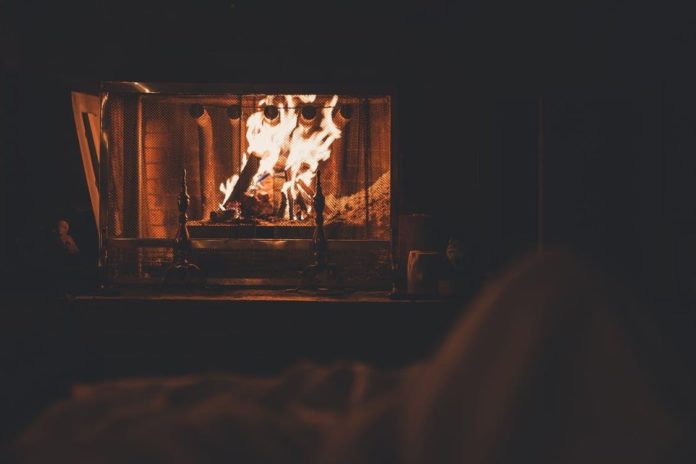Even if the majority of houses today don’t rely on fireplaces anymore as a heating source, some homeowners still want these additions for a more cozy ambiance. Specifically, the gas fireplaces that are ventless are becoming a popular trend because they offer comfort, are easy to use, and they are cleaner. Read more on how to use them when you click here.
The vent-free or unvented varieties operate by using liquid propane or natural gas. This flows into a mounted fireplace in a burner, and when it’s ignited, this can run into the gaps of ceramic fiber logs. The logs are artificial, and you’ll see an illusion that there’s natural wood that’s burning inside the hearth.
Why Vents Became Popular
As with any other installation out there, one of the common roadblocks that many homeowners face is venting. This is where they need to have vents where the exhaust fumes or gases can go out. This process can be complicated, especially if you’re going for a retrofit installation and others find it challenging to find routes into their chimney flues.
Other issues and concerns include the loss of energy and the mounting electricity bills every month. Most wood-burning fireplaces are considered inefficient because they tend to escape up the chimney rather than radiating heat into your living room.
A vented gas fireplace will be better when it comes to heat retention. However, modern homes nowadays are built in an airtight way like the case of apartments in that using vents can create a negative air pressure that can prevent airflow and good exhaust from being achieved. This is where a ventless gas fireplace can become convenient and a much more affordable option. With these gas varieties, you won’t have to build a chimney vent flue inside your rooms.
Thicker walls and apartment-type homes are also some of the reasons why the wood burners are not as popular as before. This also applies to the vented fireplaces and the traditional masonry chimneys. In order to solve the issues, ventless systems are now seen as the solution. They are easier to install, and they are more efficient when it comes to warming smaller rooms.
Since there’s no airflow to the outdoors, there’s no need to create negative pressure issues. However, these models have their own limitations that you need to know about. In traditional masonry, two pipes are often seen outside of the home. The first is for fresh air that will help with the combustion process, and the other is to remove the exhaust gases created in the burning of the natural gas or propane.
When you look at them at a surface level, you may see that the ones with the vents and the ventless systems may be similar in their appearance. There are control panels where you need to operate the flames and the pilot lights. Holes are also common since they allow the flames to burst out of the artificial logs, and they act as jets. However, there are slight differences between the two styles, and one can be found in the flame jets. Ventless varieties may often come across as unnatural, but this will still depend on the homeowner’s preference.
Prices to Consider
If you’re going to renovate your home and do a fireplace addition, know that the costs will vary. The range can be from $3,000 to $9,000, but this could easily reach up to $14,000 and up for the luxurious varieties. The installers will already suggest chimneys and pipes where the exhaust fumes can exit at these price points.
Meanwhile, the price for a ventless fireplace can range from $500 to $4500, depending on the labor and quality of the materials. You’ll find them to have regulators that will help produce a fine mix of air and gas. This is necessary to create a clean burn while significantly reducing the fumes present and often associated with wood. Read more about clean burns in this link here: https://www.interfire.org/termoftheweek.asp?term=1060.
Check your area for local and federal regulations on the installation of the ventless varieties. It’s better to check with an expert to make sure that they are functioning well and they’re doing what they are supposed to do. There’s also a requirement to test these fireplaces to know more about whether they meet the federal government’s public health and safety standards.
Many of these models may include oxygen and carbon monoxide detectors. These extras monitor the air quality inside the room because oxygen is burned and utilized to heat the interiors. If the sensors detect extremely low oxygen levels, the appliance will shut down automatically.
This is also working well with the carbon monoxide detectors, so it’s best if you could get these additions when you’re installing a fireplace inside your home. Know that most of these fireplaces are considered safe, but it’s still essential that they were installed correctly and as intended by the manufacturer.












